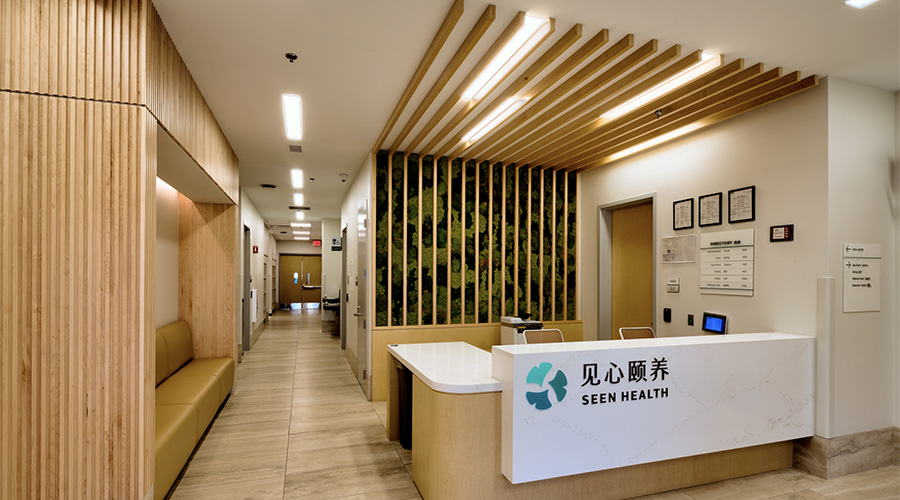A team at Colorado University Boulder has found a simple, cost-effective way for medical facilities to expand the negative pressure room concept to better prepare for disease outbreaks, according to an article on the Colorado University website.
By sealing off a hospital wing and adjusting the existing ventilation system, hospitals can increase their capacity to contain and treat large numbers of patients with airborne illnesses.
The study was recently published in the American Journal of Infection Control.
When faced with the possibility of having to admit many infected patients at once, hospitals have traditionally purchased ventilation-controlled tents, which can cost millions of dollars, according to the article.

 How Efficiency Checklists Help Hospitals Save Energy, Water and Money
How Efficiency Checklists Help Hospitals Save Energy, Water and Money Designing with Heart: Seen Health Center Blends Cultural Warmth and Clinical Care
Designing with Heart: Seen Health Center Blends Cultural Warmth and Clinical Care Rutgers Health and University Hospital Breaks Ground on Campus Expansion
Rutgers Health and University Hospital Breaks Ground on Campus Expansion What to Consider When Modernizing Healthcare Facilities
What to Consider When Modernizing Healthcare Facilities Corewell Health Beaumont Troy Hospital to Build New Tower
Corewell Health Beaumont Troy Hospital to Build New Tower